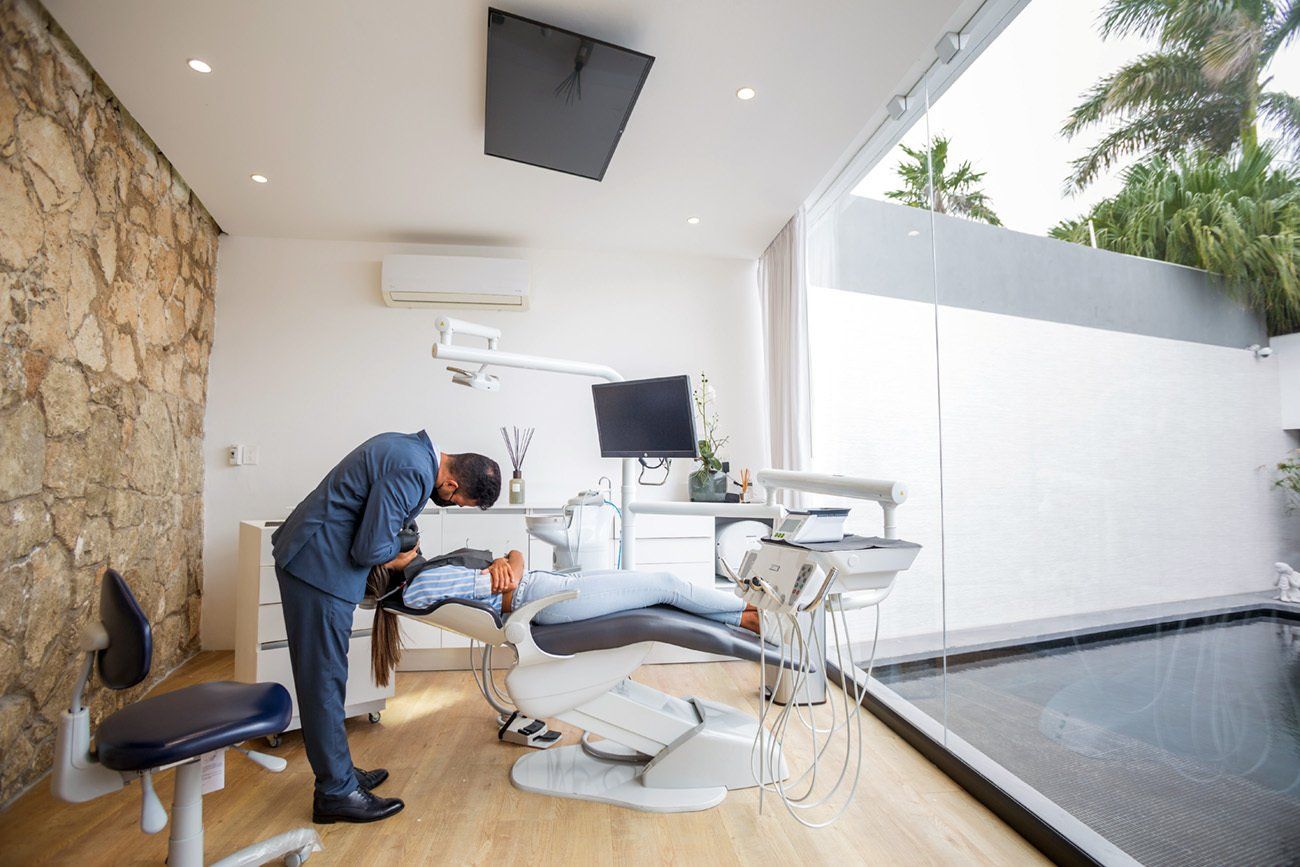mergers and acquisitions
Mark Murphy and Bernie Stoltz • August 15, 2021
With aligned interests, a merged practice can potentially have greater profitability and success.

The dental profession, driven by the consumer, has changed enormously over the last thirty years. Corporate dentistry is here and private practitioners must adapt to a business environment vastly different from where it was thirty years ago. Dentists need to consider the future of their profession.
What do dental consumers want today? They want better, faster dentistry. They want affordability and convenience. The practices that remain on the cutting edge are positioned for lasting success. The ones that don’t meet market demands will see their profitability erode.
Approximately, thirty years ago, MDs began to form group practices. The evolution is underway, it’s simply the reality of where the dental profession is going. This article will provoke thought because the future of dentistry offers enormous opportunity.
What I have seen in my experience is that private-practitioner dentistry has typically been one dentist working their own practice four days per week averaging top-line collections of about $800,000 per year. Assuming a 72 percent operating overhead, the typical dentist earns $224,000 annually before taxes. One challenge with this model is the high overhead to manage; more importantly, this model no longer matches what the modern dental consumer wants. Consumer demand has changed.
That dental practice, open four days a week, mornings and afternoons, is not offering convenient care for most dental consumers. Corporate dentistry has risen to fill this void. Convenience has become a big part of marketing for dental practices, and many consumers are gravitating to convenience. The easiest hygiene appointments to sell in metro areas today are six, seven, and eight o’clock at night. Consumers today are looking for practices with extended hours, where insurance is accepted and payment plans are available, and where top-notch care is delivered with modern technology and multiple specialists under one roof.
If you’re in business today, you’d better find out what’s most important to your customers, and how to deliver it—and then deliver it really, really well.
When doctors form group practices, the result is higher quality and convenience for patients, and more money and better quality of life for the doctors. This evolution of dentistry may potentially provide enormous upside for any doctor with an entrepreneurial bent, those who just want to grow their practices or those who are looking to retire.
With aligned interests, a merged practice can potentially have greater profitability and success. Private doctors can potentially merge into a much more efficient business model without giving up their private- practitioner status or the opportunity to build equity in a practice.
Merging under one roof creates economy of scale. For example, a dentist with a $1 million practice is probably taking home around $300,000. By showing that dentist how to buy another $1 million practice, we can help them work toward that 40 percent of the money going to the bottom line with little to no risk. Now, that doctor who was making $300,000 is now making $700,000. You’ve got the revenue from two practices coming in with the fixed overhead of one facility.
Keep in mind that it doesn’t always have to be a sale. The future of dentistry is to practice in groups. If you take two practices each doing a million dollars a year and merge them properly, one plus one does not equal two in that equation. You take two million, put it under one roof with one staff, one fixed set of costs, and great coaching, and both doctors make more. It’s not just about acquisitions or sales; mergers are going to be a big part of dentistry’s future as well.■


